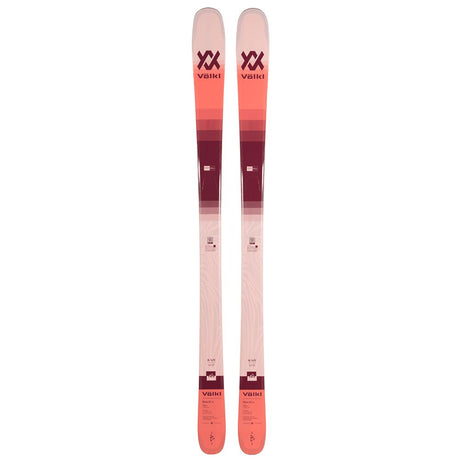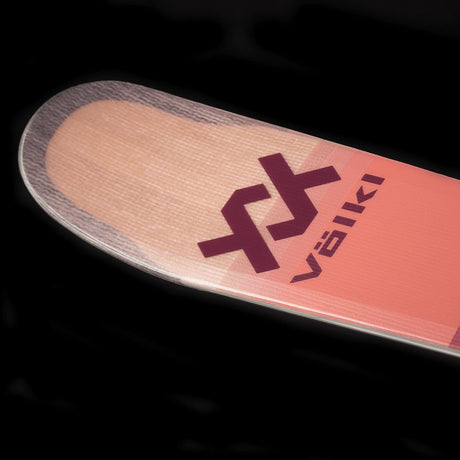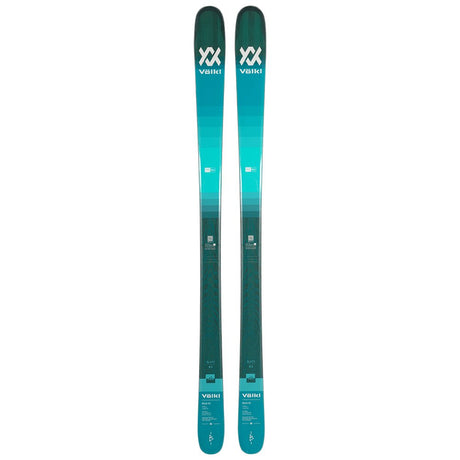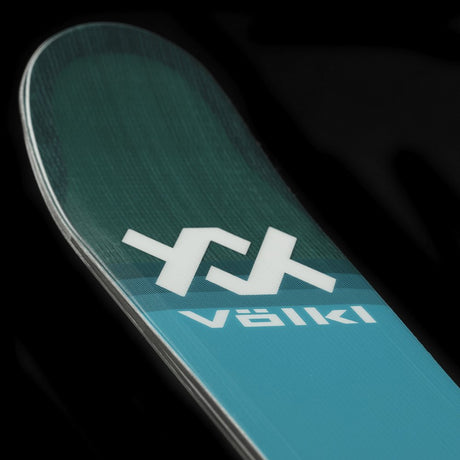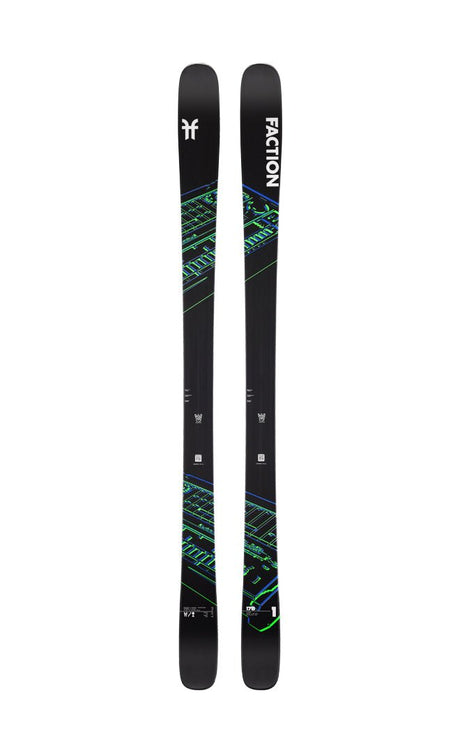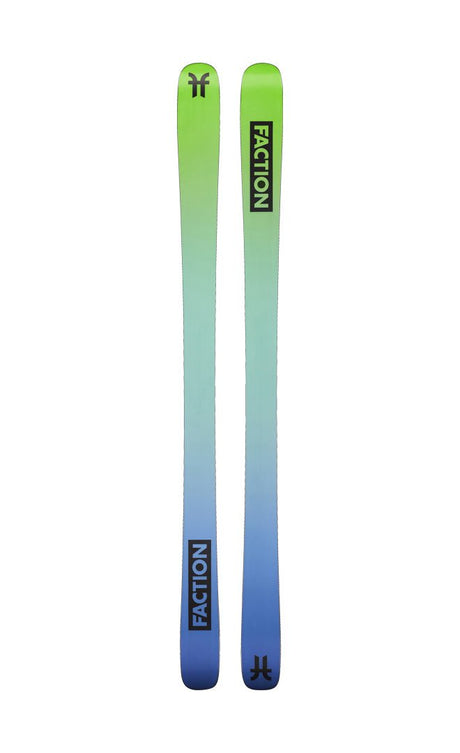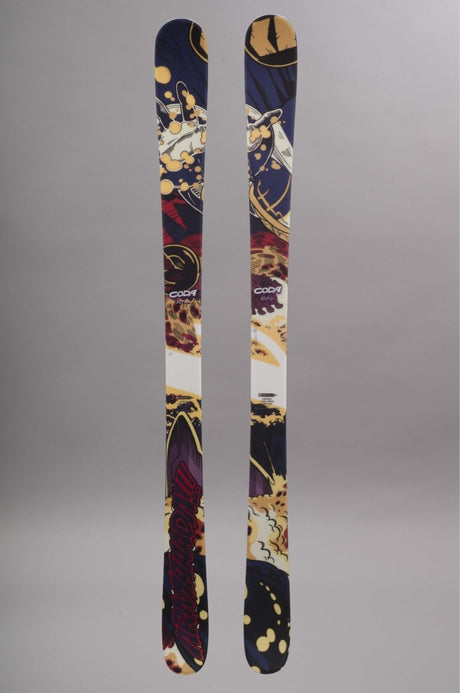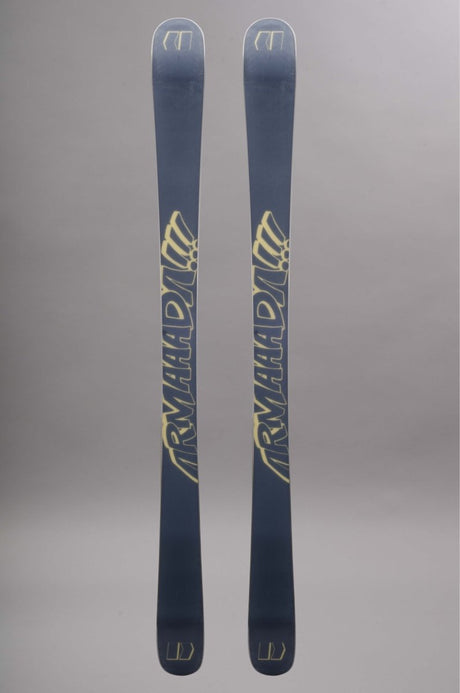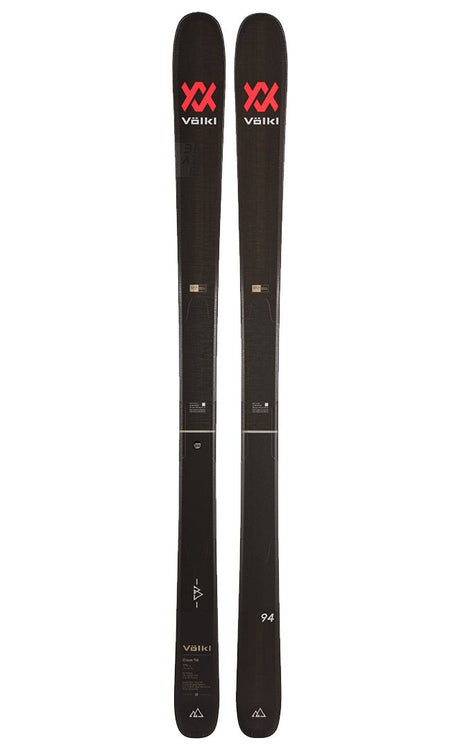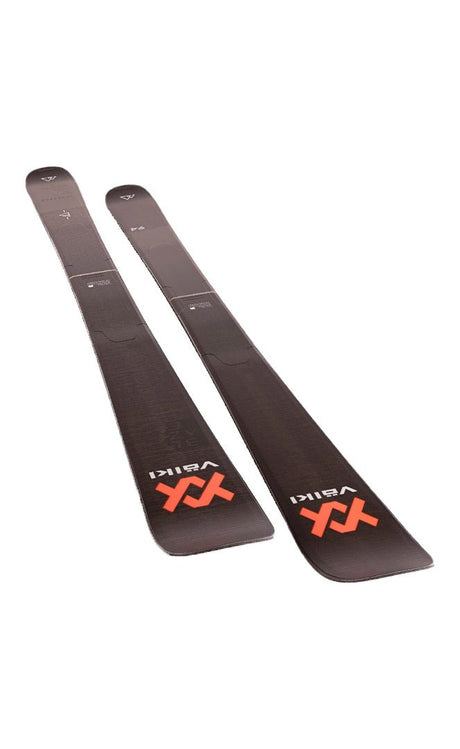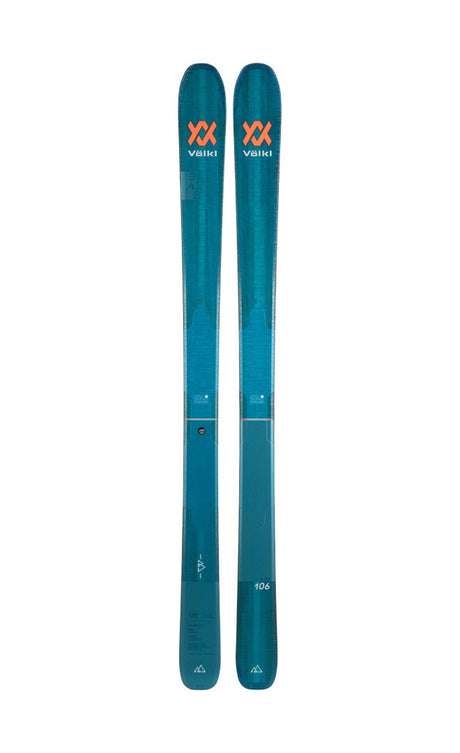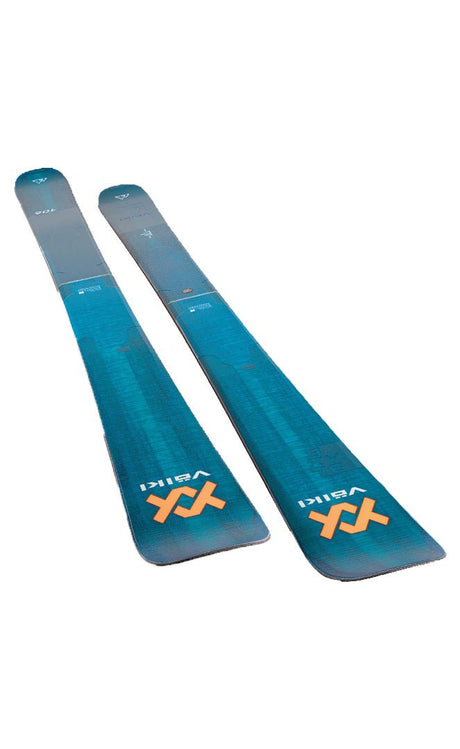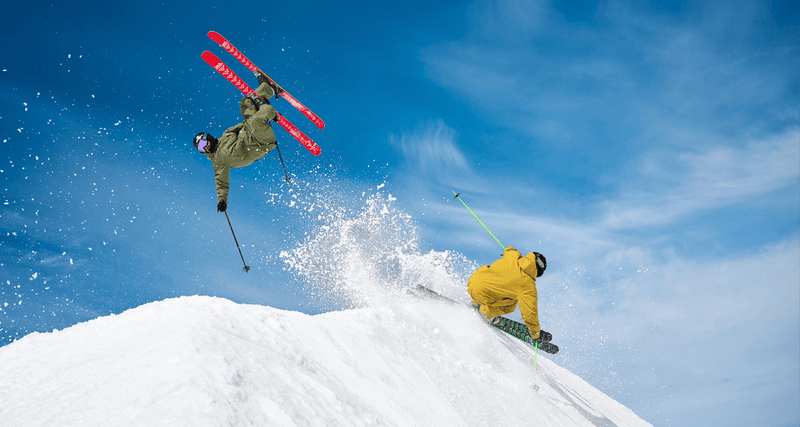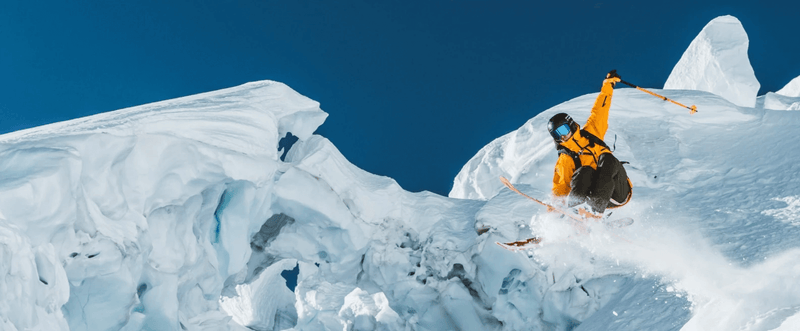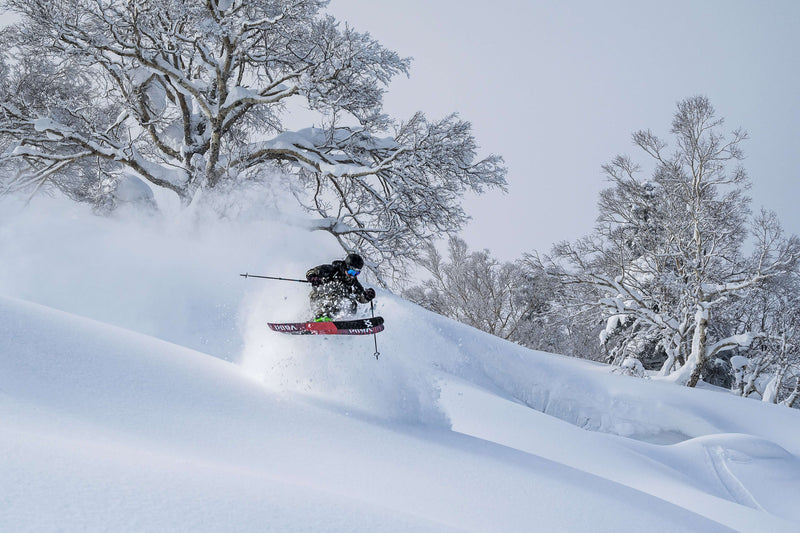
When winter approaches and the mountains don their white coat, many winter sports enthusiasts eagerly await the opportunity to race down the snowy slopes! However, before embarking on a memorable ski season, there is a crucial question to resolve:
Which ski program is best suited to your style and needs?
Choosing your skis is an essential step that will greatly influence your experience on the slopes. Skis are not all made the same way, and each of them has specific characteristics that make them more suitable for certain conditions or styles of skiing. Whether you are a beginner looking for skis for your first descents or an experienced expert wanting to update your equipment, this buying guide will assist you in all your decisions. We will explore the different types of skis, their key features, and the factors to consider to choose the ski program perfectly suited to your winter adventure.
Get ready to choose with confidence and fully enjoy your time on the snowy slopes thanks to our insightful advice!
Downhill skiing

To race down slopes at high speed, especially on the hardest snow, piste skis are designed with a classic camber and a narrow width under 86 mm. This allows for extremely quick edge-to-edge transitions while ensuring excellent grip.
For the most talented skiers, alpine skiing paves the way to prestigious competitions such as downhill, slalom, and giant slalom, flagship events of the Olympic Games and the World Cups. Who hasn't heard of great names like Lindsey Vonn, Alexis Pinturault, or Tessa Worley?
All-Mountain Skis

The All-Mountain ski is perfectly suited for athletes who do not want to limit themselves to a single practice but wish to take advantage of all the possibilities offered by the ski resort.
To adapt to various types of snow, All-Mountain skiing is slightly wider than a classic piste ski and is equipped with a tip rocker. This technology lifts the front tip of the ski, allowing it to stay on the surface of soft snow, called "planing out." The rocker facilitates off-piste maneuvers and brings that playful aspect to skiing that we love so much!
All-mountain skis are designed to offer optimal versatility, allowing skiers to enjoy both groomed slopes and off-piste terrain. They are characterized by their waist width, which generally ranges between 80 and 100 mm. Here is a brief description of the two categories of all-mountain skis you mentioned:
All-mountain skis with a waist width between 80 and 93 mm: This category is ideal for skiers who prefer skis closer to traditional piste models in terms of width. These skis are perfect for use on groomed slopes, offering excellent maneuverability and quick edge changes. However, they are also capable of venturing off-piste to explore softer snow, although of shallow depth.
All-mountain skis with a waist width between 93 and 100 mm: This category of all-mountain skis is a bit wider, making them versatile on a variety of terrains. They are balanced to perform well both on groomed runs and on softer off-piste snow. These skis offer the possibility to make beautiful tracks off-piste and to venture onto ungroomed marked trails in large resorts, while maintaining good on-piste performance.
Freestyle skis

Freestyle skiing is a discipline focused on jumps and tricks, also known as "tricks." Usually practiced in snowparks, specially designed areas for freestyle, it includes various elements such as Kickers (jumps), Rails (sliding bars), and the Half Pipe (snow half-pipe). Additionally, freestyle encompasses JIB, which corresponds to urban freestyle, inspired by sports such as skateboarding and rollerblading. It also includes backcountry freestyle skiing, a hybrid discipline mixing freestyle and freeride, where skiers perform tricks off-piste, especially in powder snow.
In the field of freestyle, the choice of skis is essential. For switch riding (skiing backward), it is imperative to choose twin-tip skis. The width of the skis will vary depending on the use: narrower for park and street, and wider for backcountry.
Twin-tip freestyle skis, with a traditional camber along their entire length, offer excellent grip, making them ideal for the half pipe.
On the other hand, twin-tip freestyle skis with a double rocker are significantly more maneuverable, making them a perfect choice for flat tricks and for quickly linking different park features thanks to ultra-fast turns.
Freeride skis

Freeride skiing, as its name suggests (combining "Free" for free and "Ride" for ride), is a discipline that prioritizes the freedom of sliding across the entire mountain, seeking panoramic lines and vast expanses of powder snow. It is a practice that emphasizes adrenaline and adventure, but it is reserved for experienced skiers due to its technical demands and the need for thorough knowledge of the mountain as well as its safety rules.
There are two main categories of Freeride skis :
Freeride skis with a waist width under 110 mm: These skis are mainly designed for fresh snow and powder. They are characterized by a significant waist width and usually feature a large rocker at the front, sometimes an additional rocker at the rear, or even a flat or reverse camber. These features make them extremely maneuverable off-piste. Although these skis are generally stiff and sporty, they can also be used on groomed runs when fresh snow is scarce, especially by expert skiers who adopt them as versatile everyday skis.
Freeride skis with a waist width over 110 mm: This category includes the widest skis on the market, with a waist typically exceeding 110 mm. They are sometimes called "Fat" skis and are specifically designed for powder snow. Their large waist width gives them an impressive ability to easily pivot in deep snow, creating a floating effect that is highly appreciated. The flagship competition of this discipline is the Freeride World Tour, where renowned athletes such as Aurélien Ducroz, JP Auclair, Tanner Hall, and Mike Douglas compete to push the limits of Freeride skiing.
Freerando skis

Ski touring, derived from classic alpine skiing, is distinguished by a hinged binding that allows the heel to be free in walking mode. To tackle steep slopes, the use of climbing skins is essential, as they provide an anti-slip effect. Once at the summit, the binding locks completely, offering performance similar to that of a traditional alpine binding.
Just like downhill skis, touring skis are available in different widths, suited to different types of practices:
Lightweight ski touring (light ski rando): These skis are narrow and extremely light, designed for fast ascents with a focus on physical conditioning. They are perfectly suited for iconic races such as the Pierra Menta.
Versatile touring skis: These skis, relatively light, offer versatility that allows them to be used both off-piste and on-piste. They are ideal for outings and for discovering magnificent panoramas, far from crowded ski resorts.
Freeride skiing: These skis, wider and more powerful, are intended for enthusiasts of challenging powder descents. They guarantee a considerable adrenaline rush during these snowy descents.
Now that you have all the necessary information to choose the program that will perfectly suit your practice, let yourself be guided by our selection of high-performance skis at the best prices!






















